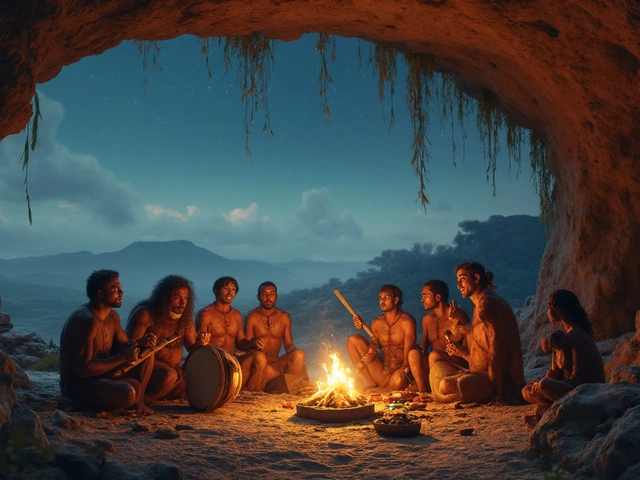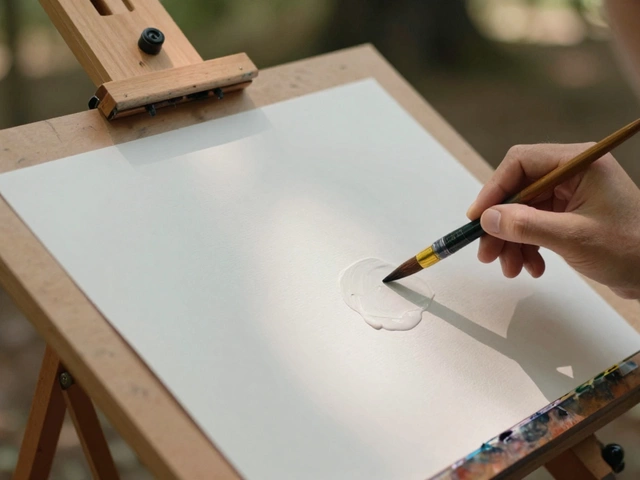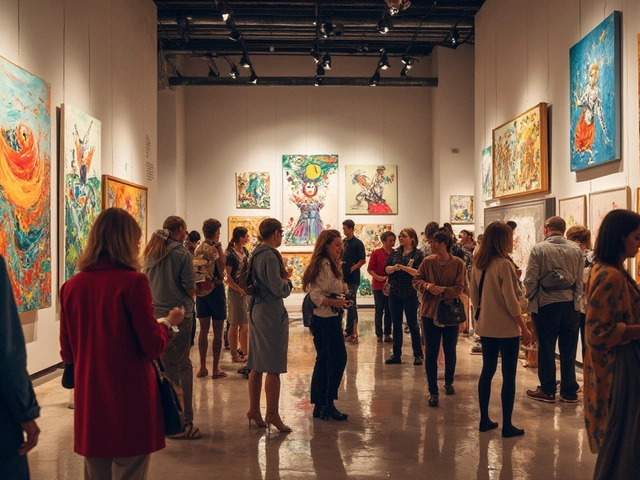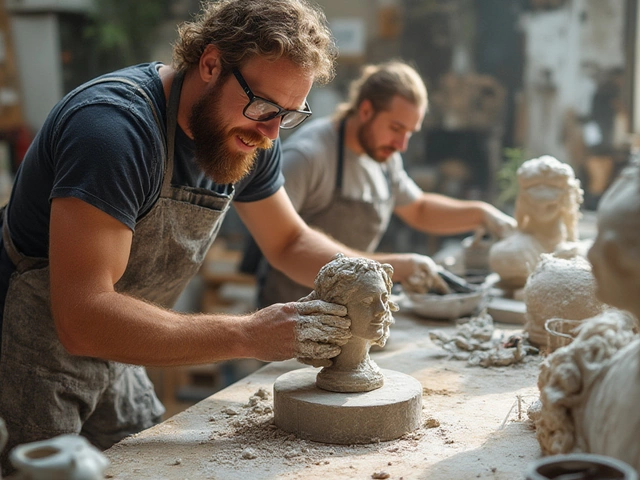Classical Landscape Artists
When talking about Classical Landscape Artists, painters who worked mainly in the 17th‑19th centuries to capture natural scenery with a balanced, idealised style. Also known as classic landscape painters, they blended realistic detail with poetic composition to make a countryside feel both real and timeless. Their work sits at the crossroads of landscape painting, the genre that focuses on the natural world rather than human subjects and the narrative power of figure in landscape, the practice of inserting people to give scale, story, or emotional weight to a scene. By mastering oil painting techniques, layered glazes, careful underpainting, and chiaroscuro that creates depth, these artists forged a visual language that still teaches us how to render light, atmosphere, and composition.
Why the Classical Approach Still Matters
Understanding the classical approach helps any art lover or creator see why a simple hill can feel dramatic. The genre’s main attribute is its commitment to harmony: foreground, middle ground, and background are arranged so the eye moves naturally across the canvas. This principle directly influences today’s landscape photography debates about fine‑art status; photographers borrow the same layered composition to turn a snapshot into a painted‑like image. The inclusion of figures is another key attribute. Adding a shepherd, a traveler, or a mythic hero does more than populate the scene – it provides scale, invites storytelling, and links the viewer emotionally. This narrative trick is covered in depth in our guide “Can People Appear in Landscape Paintings?” where we break down historical examples from Claude Lorrain to John Constable.
Technique-wise, classical artists leaned heavily on the Goya method of bold underpainting combined with translucent glazes, a process still taught in modern oil workshops. Our article “Goya Technique: Unlocking Bold Effects in Oil Painting” shows how that dark‑under‑light‑over strategy creates drama without sacrificing realism. When you pair such methods with the disciplined brushwork described in “How to Start an Oil Painting: Step‑by‑Step Beginner’s Guide,” you get a toolbox that works for both traditional easel work and digital reinterpretations. Even today’s digital creators benefit; the same layering logic applies when building up pixels in a digital canvas, as explained in “Making Money with Digital Art.”
All these threads—genre, narrative figures, oil mastery, and modern reinterpretations—form a network that keeps classical landscape art relevant. Whether you’re a visitor to a Pembrokeshire gallery, a student sketching the cliffs, or a digital artist looking for a timeless compositional framework, the principles here give you a solid base. Below you’ll find a range of articles that dive deeper into each aspect, from practical technique tips to cultural history, so you can start applying classical wisdom to your own projects right away.
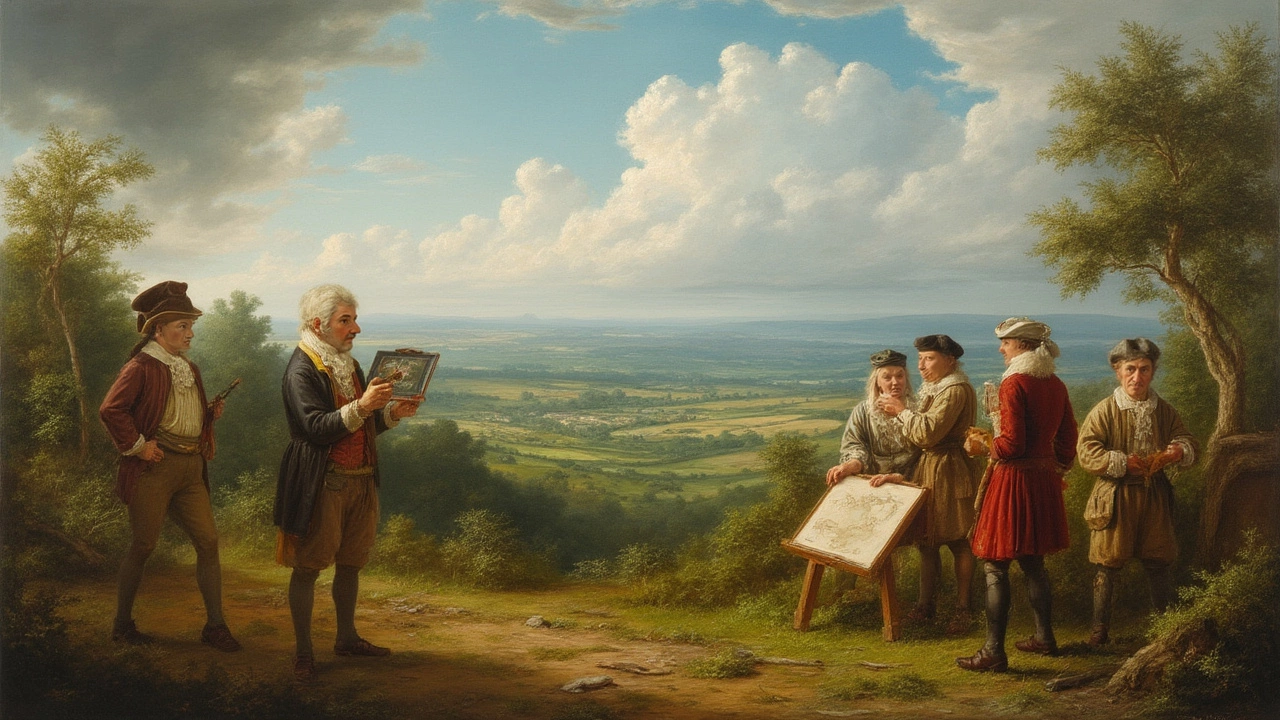
Dig into landscape painting's backstory: who gets the title of 'father', how the style rose, and why the debate is juicier than you might think. Explore real stories and painters.
